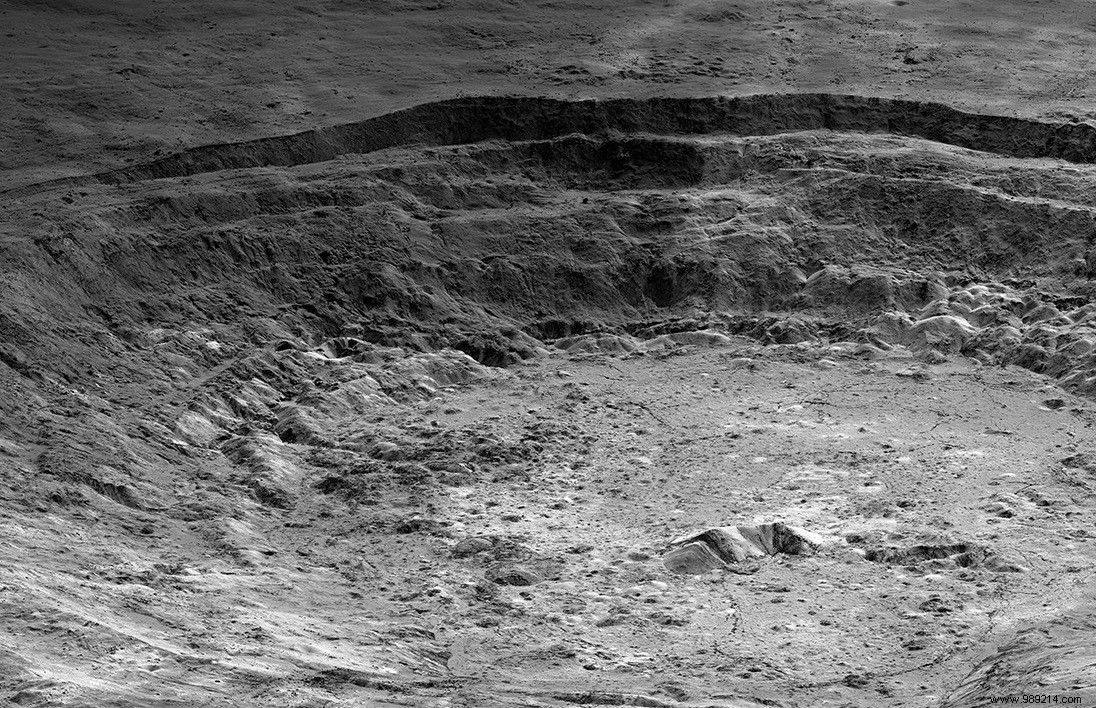NASA has just purchased the rights to four batches of future lunar samples collected by private companies. Total investment amount:US$25,001 only. But why is it so cheap?
China is preparing to bring back to Earth the first new lunar samples since the American Apollo program (1969 to 1972) and the Soviet Luna 16 mission (1970). All of these samples have so far been collected for scientific purposes, not for commercial purposes. However, the outer environment is changing.
Several public agencies and private companies are indeed aiming to establish themselves permanently in space, whether on the Moon or even on Mars, when others aim to extract materials on asteroids. Also, the fact of taking extraterrestrial material and then selling it to a third party will soon be commonplace. And it's NASA that gets the ball rolling.
The American agency has just signed agreements with four private companies. These will collect moon rocks over the next few years and then turn them over to NASA .
“We believe it is very important to set a precedent that private sector entities can extract extraterrestrial resources, and that NASA can buy them and use them to fuel its activities "said Mike Gold, NASA's acting associate administrator for international and interagency relations. “These transactions usher in a whole new era of collaboration between the public and private sectors in the exploration of lunar and ultimately Mars “.
NASA officials emphasize that these activities will adhere to the Outer Space Treaty (OST), the 1967 document that forms the basis of international space law. space. Certainly, the OST prohibits nations from claiming sovereignty over territory outside of Earth. However, it does not prohibit the use and sale of cosmic resources .

The four companies and their contract awards are Masten Space Systems ($15,000), ispace Europe ($5,000), ispace Japan ($5,000), and Lunar Outpost (a symbolic US dollar). Why is it so inexpensive? Because NASA only pays for material collected , and not for the development costs of those companies that had already planned to land on the Moon.
The three companies Masten Space Systems, ispace Europe and Lunar Outpost plan to collect their samples in the South Polar region in 2023. For its part, Ispace Japan will collect samples in 2022 on Lacus Somniorum, a plain located on the northeastern part of the visible side of the Moon. Each sample set will weigh between fifty and five hundred grams .
At this time, it is not known if NASA plans to repatriate these samples. After all, the agency already has 342 kilos reported between 1969 and 1972 as part of its Apollo program. All we know is that once collected, this material will become "exclusive property of NASA".